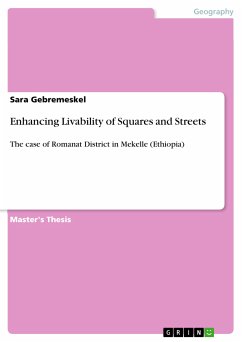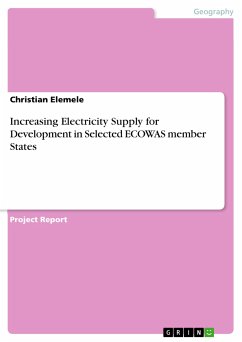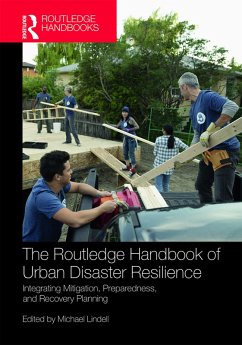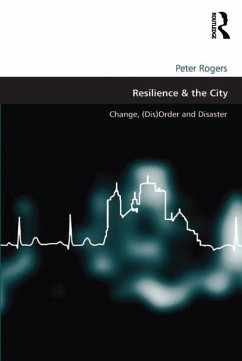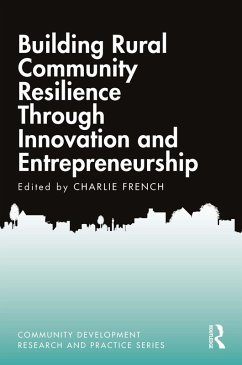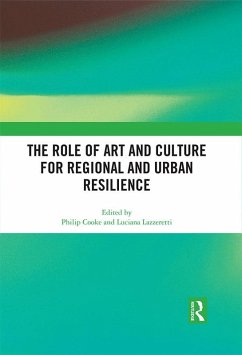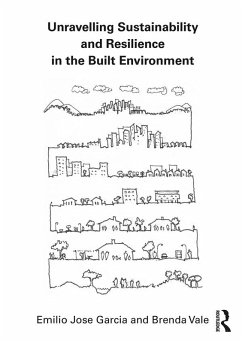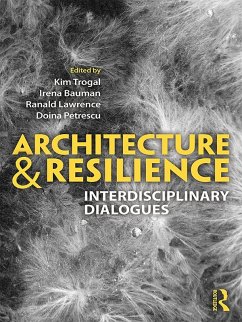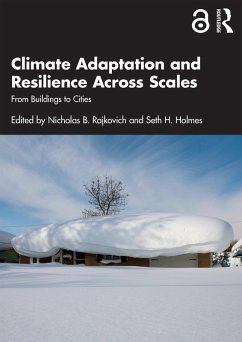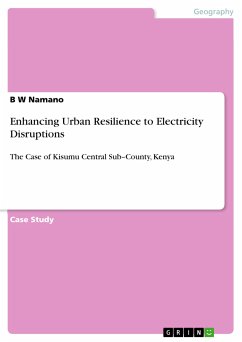
Enhancing Urban Resilience to Electricity Disruptions (eBook, PDF)
The Case of Kisumu Central Sub-County, Kenya
Versandkostenfrei!
Sofort per Download lieferbar
Statt: 24,99 €**
16,99 €
inkl. MwSt. und vom Verlag festgesetzt.
**Preis der gedruckten Ausgabe (Broschiertes Buch)
Alle Infos zum eBook verschenkenWeitere Ausgaben:

PAYBACK Punkte
0 °P sammeln!
Case Study from the year 2017 in the subject Geography / Earth Science - Demographics, Urban Management, Planning, , language: English, abstract: Electricity is an integral part of human society; it drives sociotechnical and economic developments while wielding the ability to destroy human society - without it, life comes to a grinding halt, while a slight excess of the same can lead to the wanton destruction of valuable property and loss of lives. It is the quality of electricity that determines whether electricity will sustain or destroy property and life. Most Kenyans have at one point or a...
Case Study from the year 2017 in the subject Geography / Earth Science - Demographics, Urban Management, Planning, , language: English, abstract: Electricity is an integral part of human society; it drives sociotechnical and economic developments while wielding the ability to destroy human society - without it, life comes to a grinding halt, while a slight excess of the same can lead to the wanton destruction of valuable property and loss of lives. It is the quality of electricity that determines whether electricity will sustain or destroy property and life. Most Kenyans have at one point or another experienced a power disruption of some sort; with those who have yet to, probably being among the many Kenyans who either still depend on biomass (e.g. firewood, charcoal and agricultural wastes) or use it as a substitute for expensive electricity. These include rural communities, the urban poor, and the informal sector. This study focuses on Kisumu's electricity distribution network for several reasons but mainly so because 1) it is one of the city's most critical infrastructures that often gets affected whenever disasters, both acute and chronic, strike and 2) the effects emanating from all manners of electricity disruptions, be they planned or unplanned, often have the adverse effect of affecting, both directly and indirectly, the physical, environmental, social, and economic aspects of the city and Kenya at large. The overall objective of this research is to generate empirical findings that establish the resilience of Kisumu city to electric disruptions and how this can be enhanced. Thus, in order to realize this objective, the following primary research question is posed: How can the resilience of Kisumu city to electricity disruptions be enhanced? To answer this question, a mixed methods case study research design of an exploratory nature will be adopted.
Dieser Download kann aus rechtlichen Gründen nur mit Rechnungsadresse in A, B, BG, CY, CZ, D, DK, EW, E, FIN, F, GR, HR, H, IRL, I, LT, L, LR, M, NL, PL, P, R, S, SLO, SK ausgeliefert werden.




